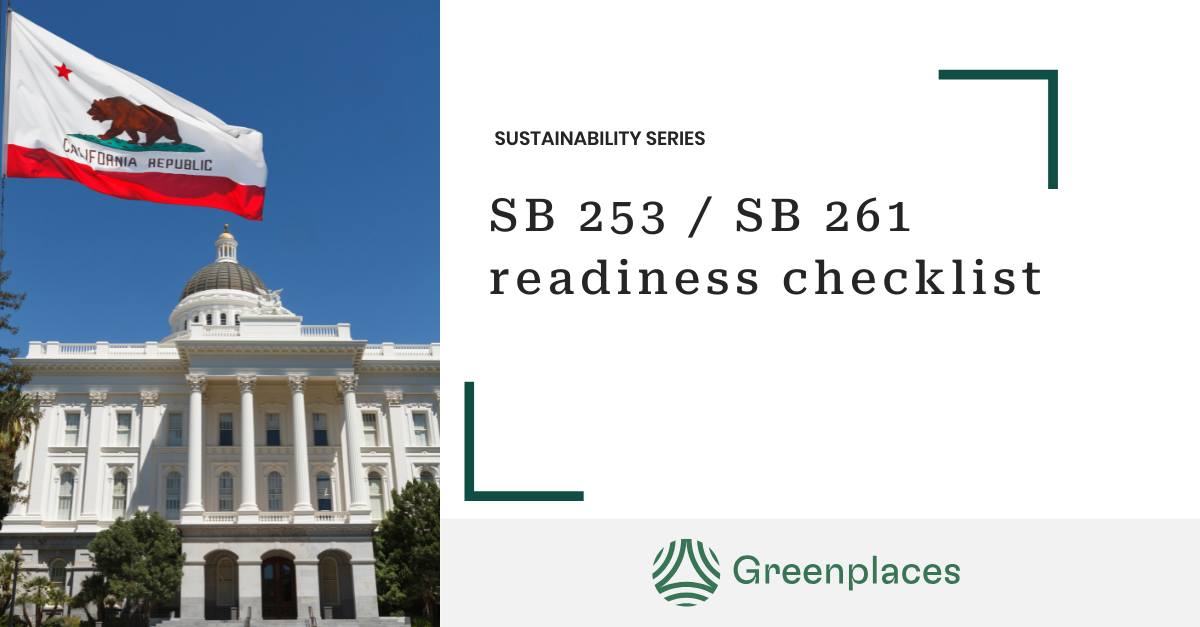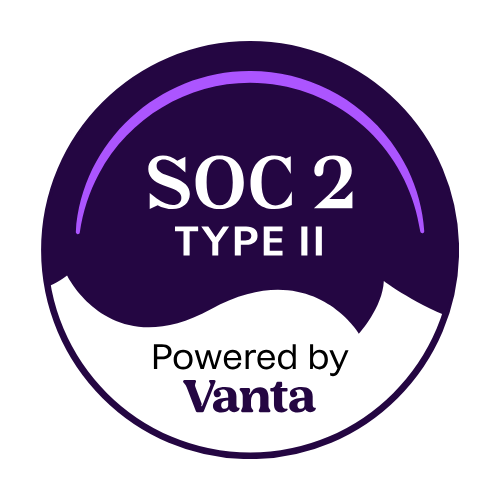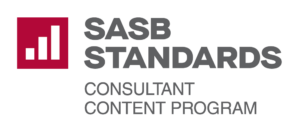SB 253 and SB 261 overview
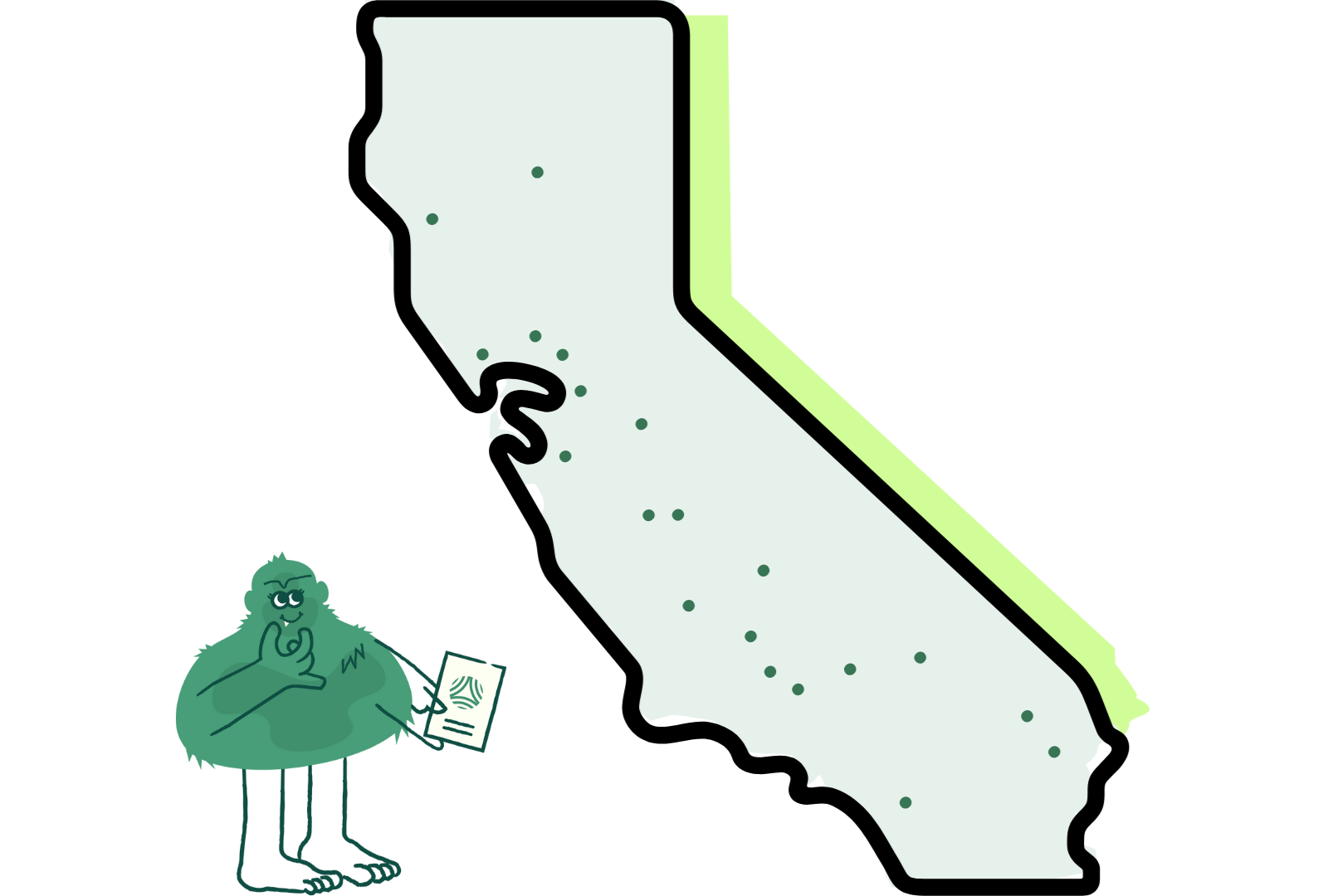
California’s landmark climate transparency package — SB 253 (“Climate Corporate Data Accountability Act”) and SB 261 (“Climate-Related Financial Risk Act”) — imposes new state-level greenhouse gas (GHG) and climate-risk reporting obligations on companies doing business in California.
Enacted in October 2023 and amended in 2024 by SB 219, these laws remain under active CARB rulemaking. Deadlines for disclosures begin in 2026. Penalties may reach up to $500,000 per year for SB 253 violations and $50,000 per year for SB 261 violations.
Who’s affected
Revenue thresholds and entity type
Parent / subsidiary reporting rules
SB 219 clarifies reporting at the parent company level. Subsidiaries that meet thresholds may not file separately if the parent covers their emissions and risk. That said, data collection structures must ensure that emissions and financial risk data from subsidiaries feed into the consolidated report.Companies should map internal group structure, decide joint vs. parent-level aggregation, and monitor CARB guidance for limits or carve-outs.
California climate disclosure requirements
Below is a side-by-side breakdown of SB 253 vs. SB 261 obligations.
| Item | SB 253: Climate Corporate Data Accountability Act | SB 261: Climate-Related Financial Risk Disclosure |
|---|---|---|
| Purpose | Mandatory public GHG emissions disclosure | Biennial public climate financial risk reporting |
| Threshold | > $1 billion annual revenue + doing business in California | > $500 million annual revenue + doing business in California |
| Emission Scopes | Scopes 1, 2, and 3 | N/A (focus is financial/climate risk) |
| First reporting year | Scope 1 & 2 in 2026 (covering prior fiscal year). Companies with FY endings between Jan 1 – Feb 1 must report FY 2026 data; those ending later in 2026 must report FY 2025. Each filer will have six months after its fiscal year end to submit. | Enforcement is currently paused, but the statutory SB 261 reporting deadline remains January 1, 2026. |
| Scope 3 phased | Scope 3 and assurance both begin in 2027 and beyond. | N/A |
| Assurance | Optional for 2026 but required (limited assurance) for Scopes 1 and 2 starting 2027; Scope 3 and assurance begin in 2027. | SB 261 does not require third-party verification. |
| Public disclosure | Emissions disclosures must be published publicly (e.g. on website) and a public link submitted to CARB or made available via CARB’s digital platform | Finance risk report must be published on the entity’s website and submitted (or linked) to CARB’s docket. |
Timeline and deadlines
Below is a consolidated timeline from 2023 to 2030 (and beyond) for SB 253, SB 261, and SB 219.
| Time | Event |
|---|---|
| January 2023 | SB 253 and SB 261 introduced in California Legislature |
| October 2023 | Governor Newsom signs SB 253 and SB 261 into law |
| January 1, 2025 | Original deadline for CARB to adopt implementing regulations for SB 253 (not met). |
| August 31, 2024 | Legislature passes SB 219, amending SB 253 & SB 261 and extending CARB’s regulation deadline to July 1, 2025 |
| December 2024 | CARB issues Enforcement Notice, stating that for first SB 253 reporting cycle in 2026, no penalties will be imposed for incomplete reporting if the entity demonstrates a “good faith” effort and retains emissions data |
| July 1, 2025 | Latest date by which CARB must adopt regulations under SB 219. |
| October 10, 2025 | CARB posts S1 and S2 reporting draft template. |
| November 18, 2025 | Ninth Circuit granted the U.S. Chamber of Commerce’s motion for an injunction pending appeal in Chamber of Commerce v. Randolf, temporarily halting enforcement of SB 261 while the court reviews the case on its merits. |
| January 1, 2026 | First SB 261 climate risk reports due (covering 2025)Original deadline for SB 261 climate risk reports (covering 2025). To be published to entity websites. |
| June 30, 2026 | Scope 3 disclosure begins under SB 253 (CARB to determine schedule). Limited assurance for scope 3 may be required. |
| 2027 | Scope 3 disclosure and limited assurance begins under SB 253. |
| 2030 | Transition to reasonable assurance for Scopes 1 and 2; mandatory limited assurance requirements for Scope 3. |
Penalties and enforcement
In the first reporting cycle (2026), CARB announced that it will exercise discretion not to enforce penalties for SB 253 so long as entities demonstrate good faith efforts and retain supporting data. Enforcement beyond the first cycle will depend on CARB’s regulations and policies, including criteria of “good faith,” severity or repeat violations, and data retention practices.
Good faith effort criteria
CARB’s December 2024 Enforcement Notice outlines guidance on “good faith” compliance. Key elements include:
If an entity fails to meet these criteria or deletes or fails to retain data, CARB may consider imposing penalties in later cycles.




